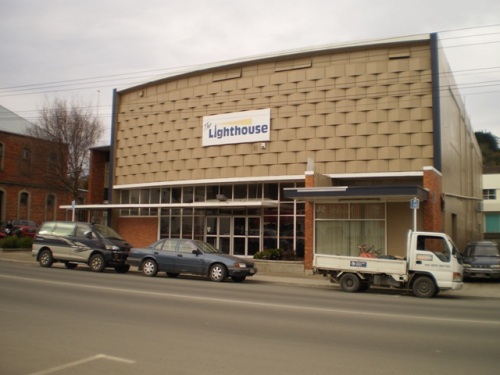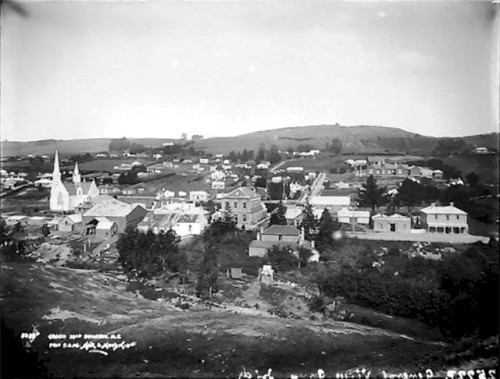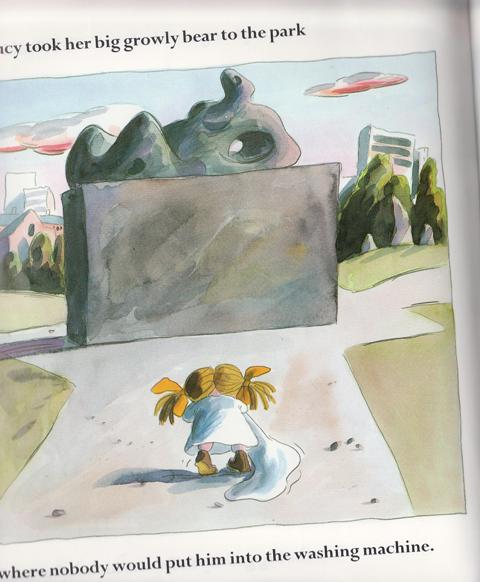This last week I have been thinking a lot about engagement of public institutions with their audience. This partially stems from some research that I’ve been doing, where I have looked at the relationship between a curator and the perceived viewer of an exhibition – specifically the distance between the two.
I have had cause to talk to a variety of curators of late and their views on my research topic and curatorship in general covered a broad spectrum. It also became very apparent that their engagement with an audience varied hugely as well. This led me to the bigger idea of how institutions regard their audience. For a start do they really know their demographic? Are they interested in widening it? Publically funded institutions are generally measured by numbers of real people coming through the doors and only just now in some places is the virtual visitor becoming important.
Museum2.0is a wonderful blog by Nina Simon on the topic of interactive institutions. She writes “I believe that every museum can grow its audience as long as it is willing to grow with that audience by taking risks, trying new things, and communicating openly.“
I see evidence of this with several New Zealand art institutions successfully blogging and twittering including Te Papa, and the Auckland and Christchurch Art Galleries. I guess I am most impressed with CAG, but that might be because I won a competition :-). A summary of what they are doing with their Brought To Light blog can be found here. I agree , its a smart move. Engagement on many fronts seems to be the key though.
There are also some wonderful initiatives about such as Digital NZ, and NZMuseums who are encouraging digitisation of collections. The National Digital Forum Conferencein November is doing more to spread the digital word and even has a subsidies available for small community organisations who would otherwise not be able to attend. Digitisation goes part way to help with the issue of collections of works and artifacts that don’t ‘get out much’, so I think its important. It also transcends geographical barriers.
New Zealand is a small country and it seems to me that there could be more happening in the form of collaboration between public art institutions. In many ways we have a distributed national collection through all the public galleries rather than the ‘official’ one centred in Wellington. The recent Rita Angus exhibition is an example of how this could work and also showed up a few pitfalls. Although Rita was free to other galleries, the (rising) fees normally charged between galleries sometimes prevent works from getting about and also smaller galleries can have trouble meeting stringent requirements that are often required. Obviously works need to be protected but a more liberal, generous attitude could have us – the audience – seeing more of our visual art treasures. Digitisation is all very well (ok more than that) but seeing art ‘in person’ can’t be beat.
Personally I’d like to see more of this getting around so people can see it rather than it being sold off to private hands.

Queensbury Rules – perhaps not the best set for the art world








